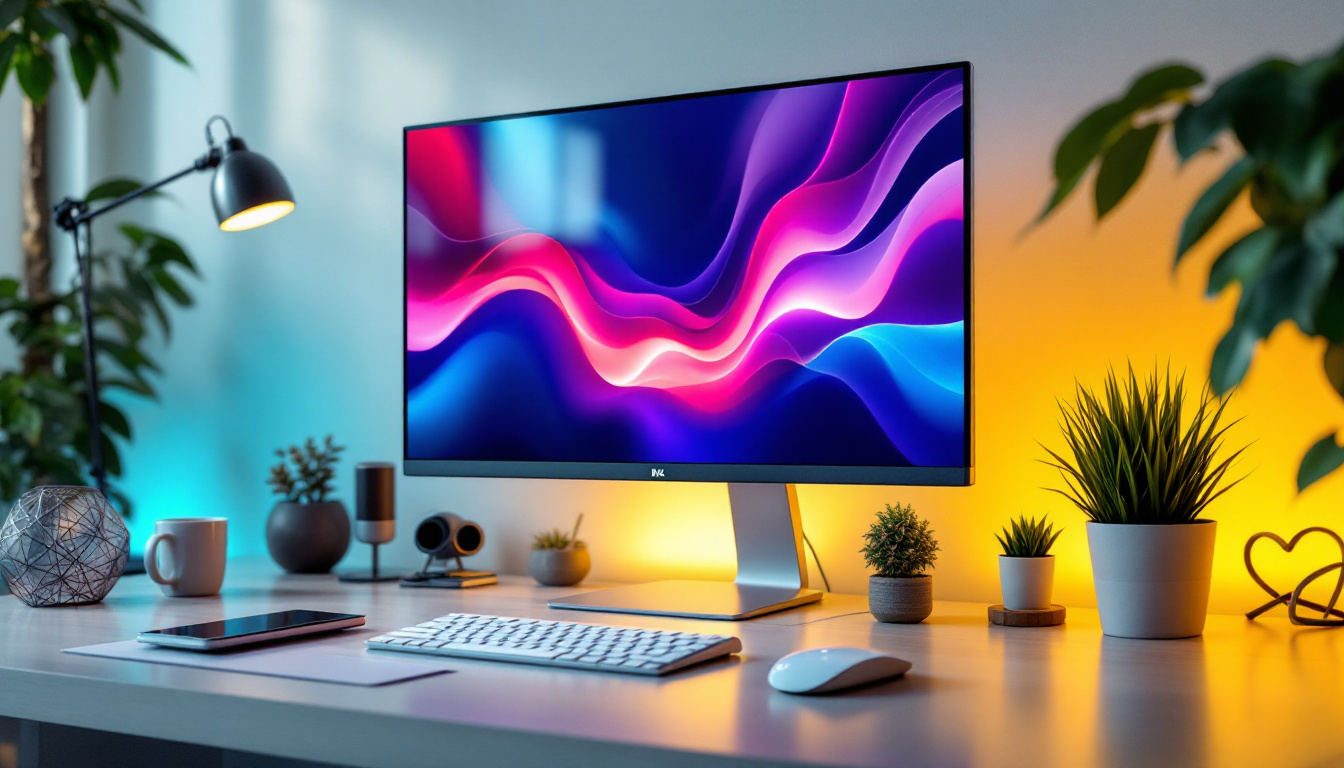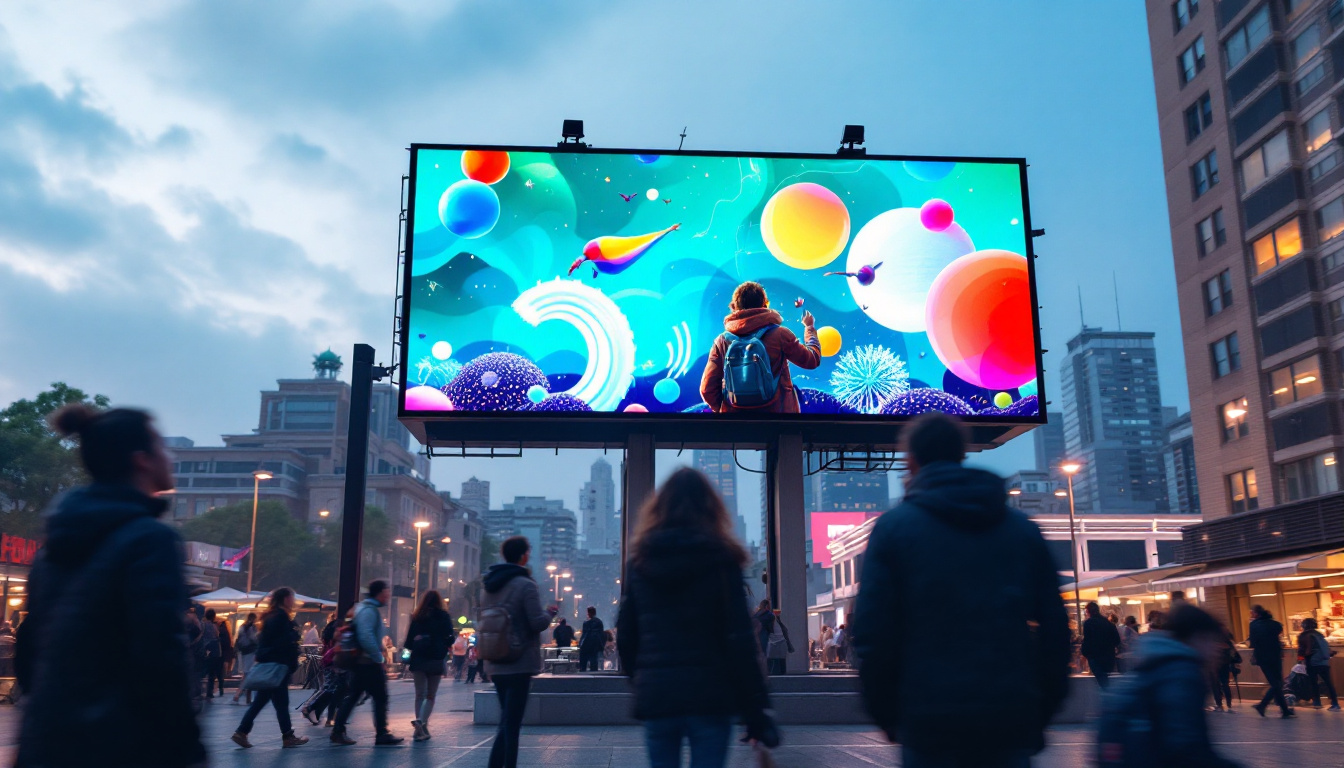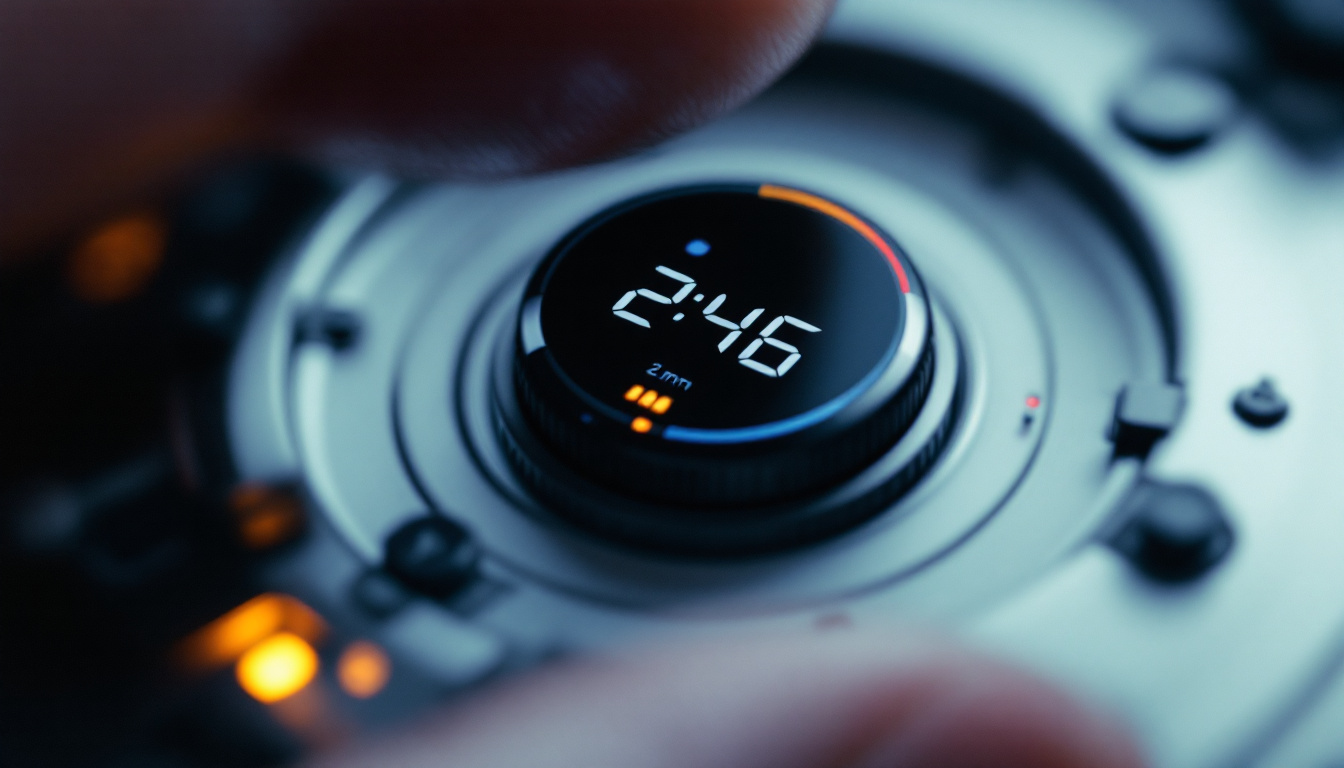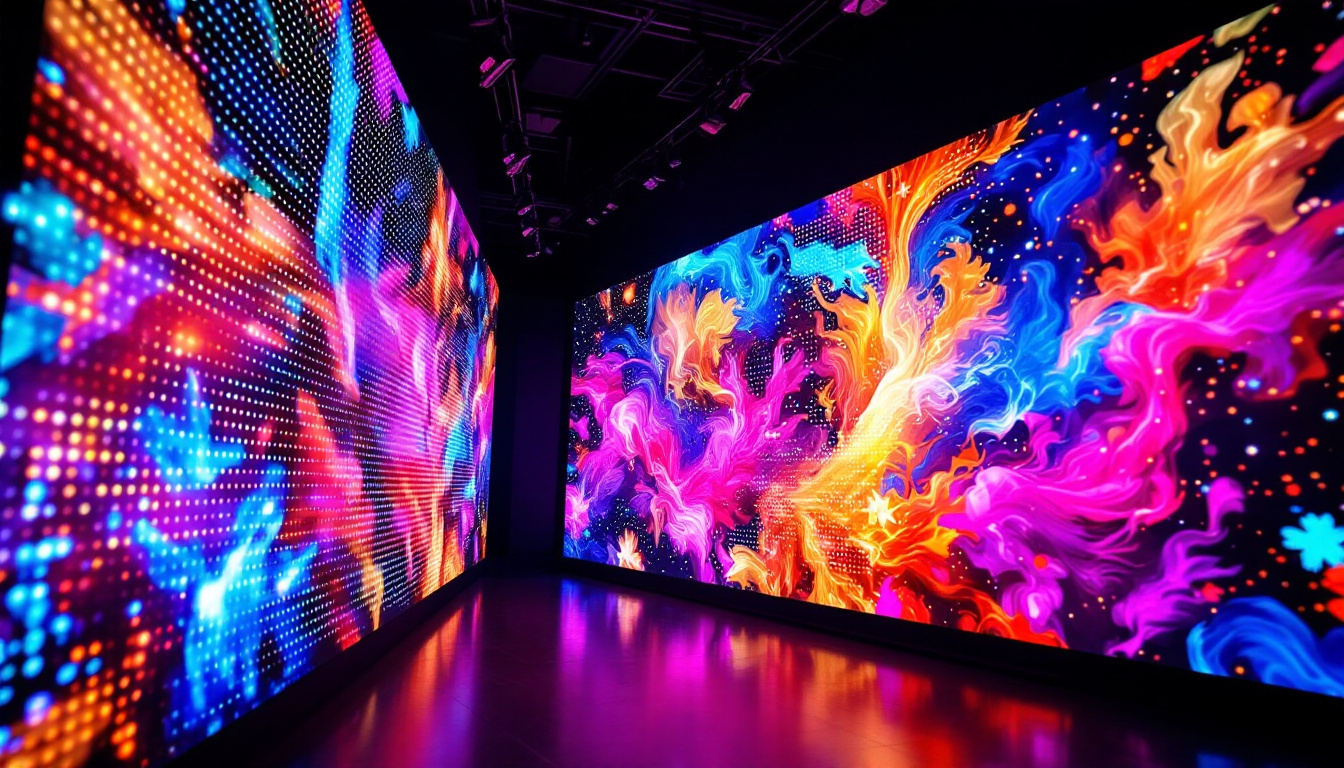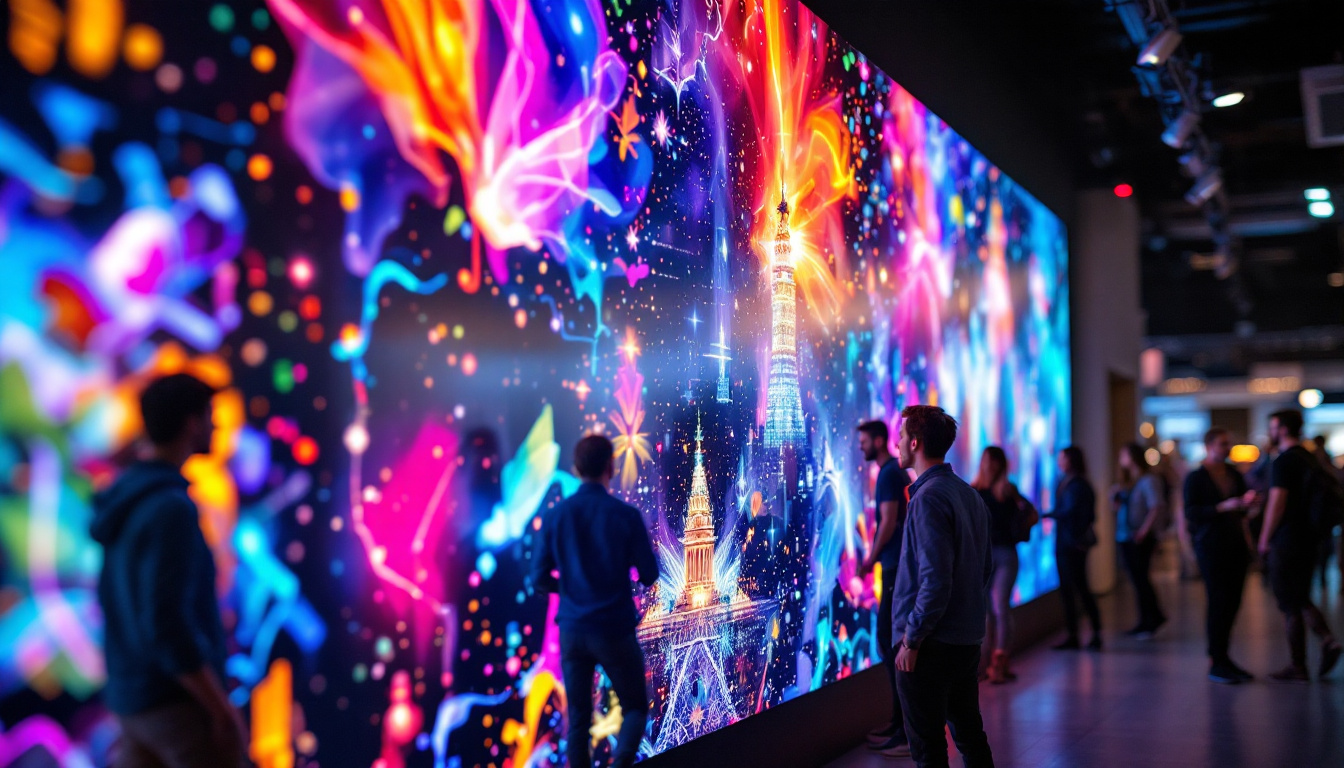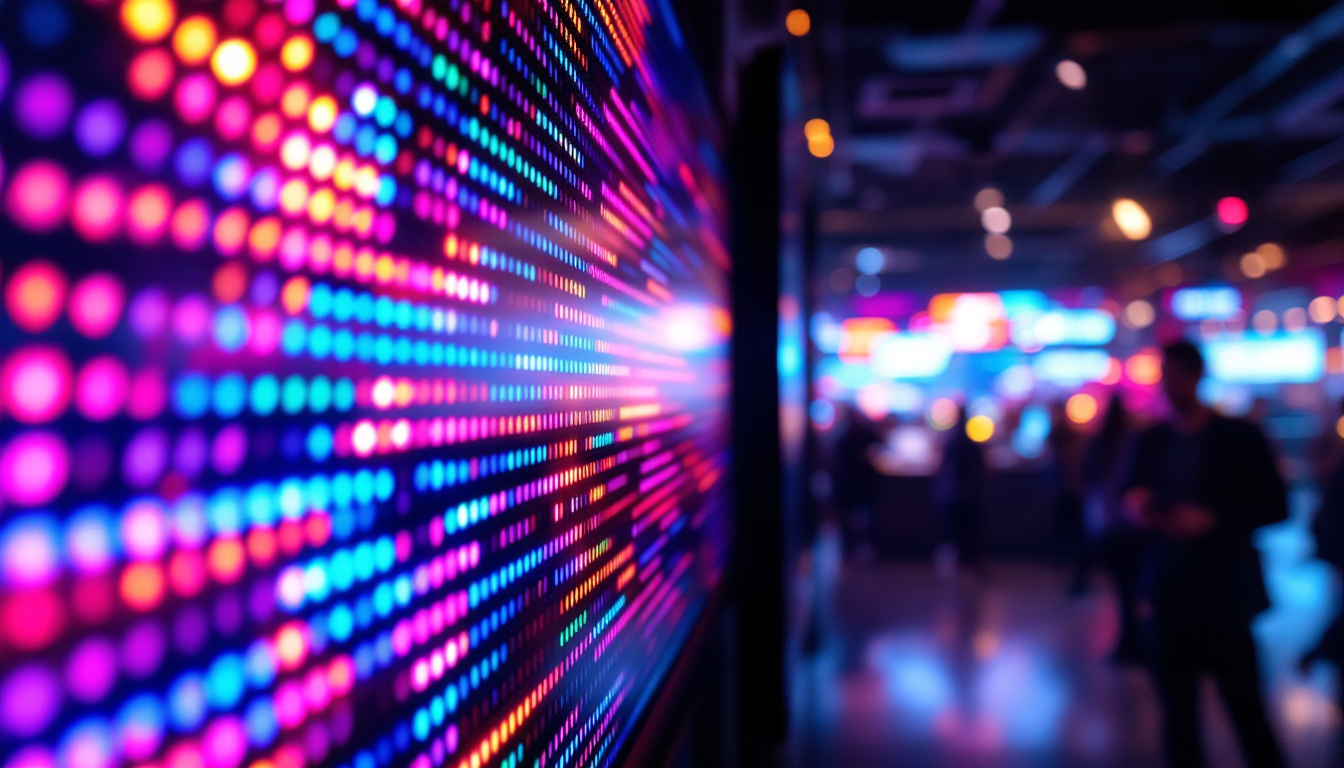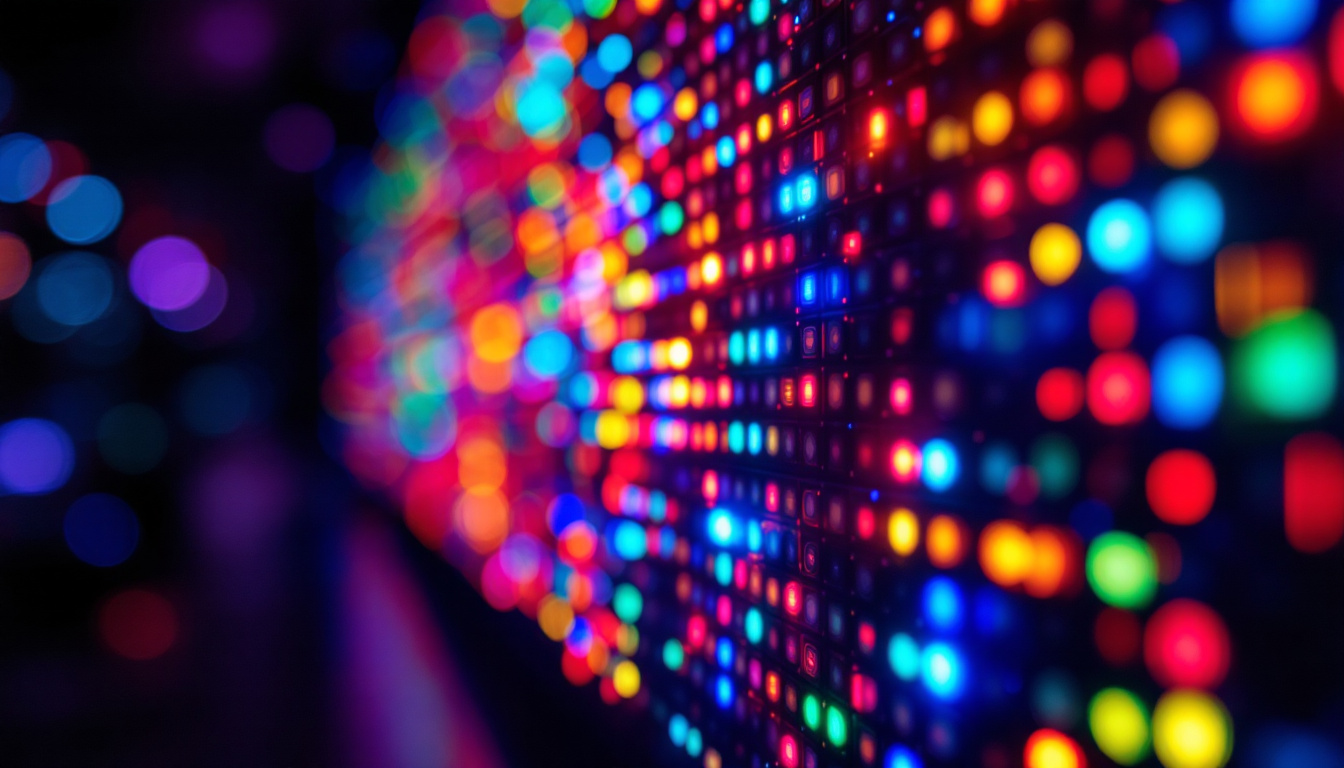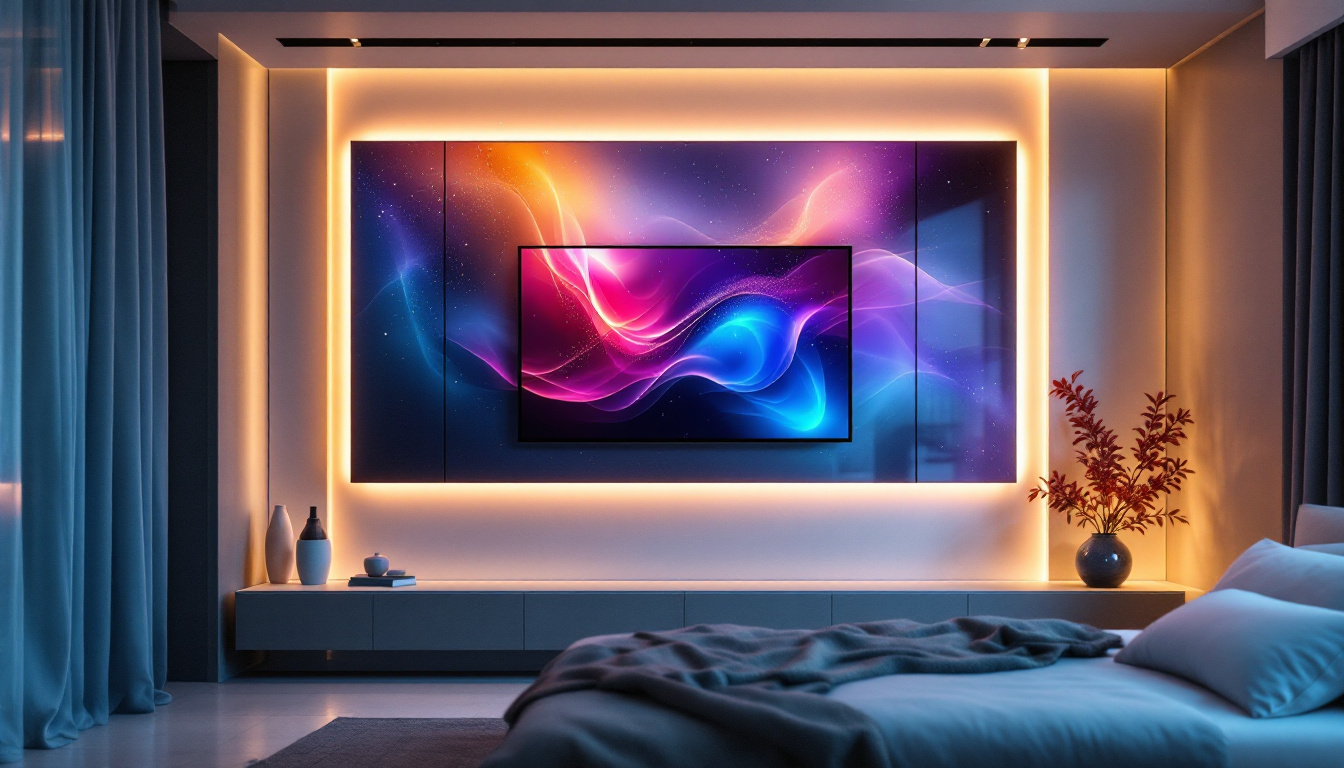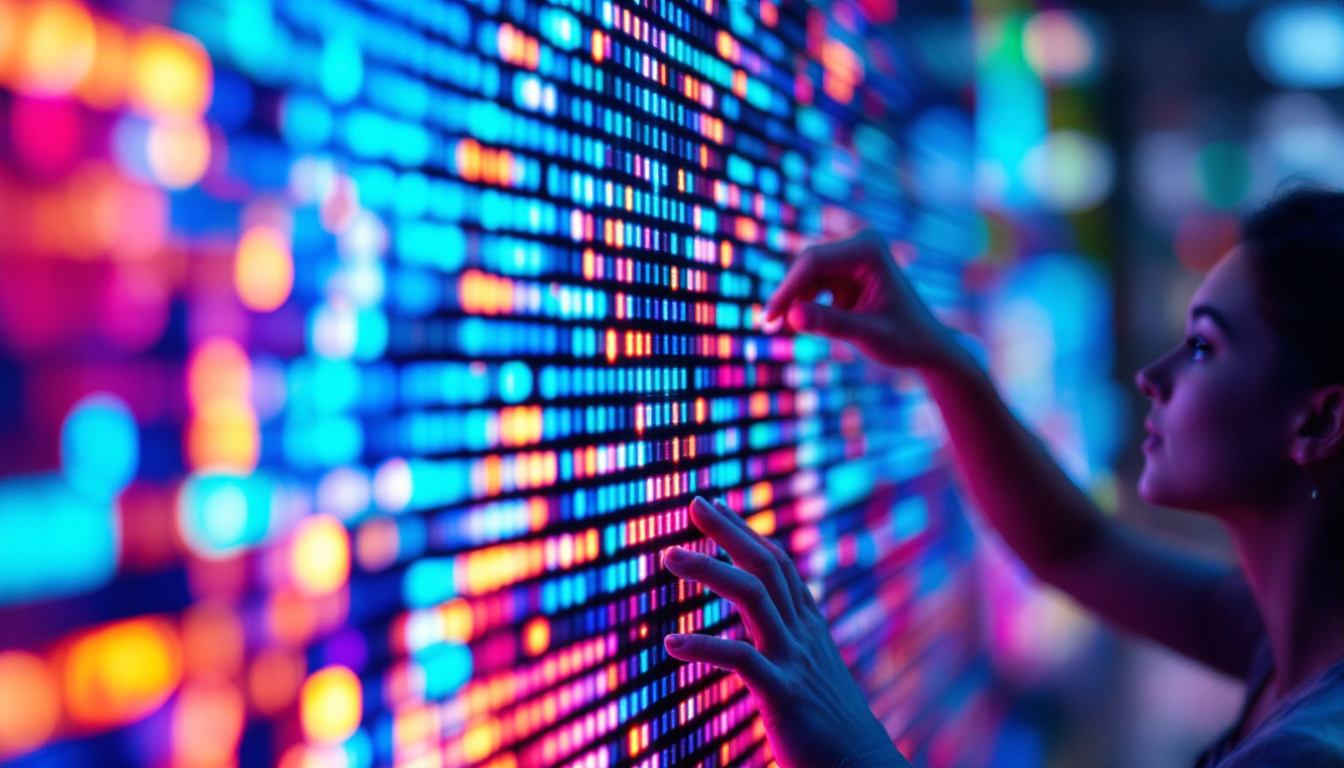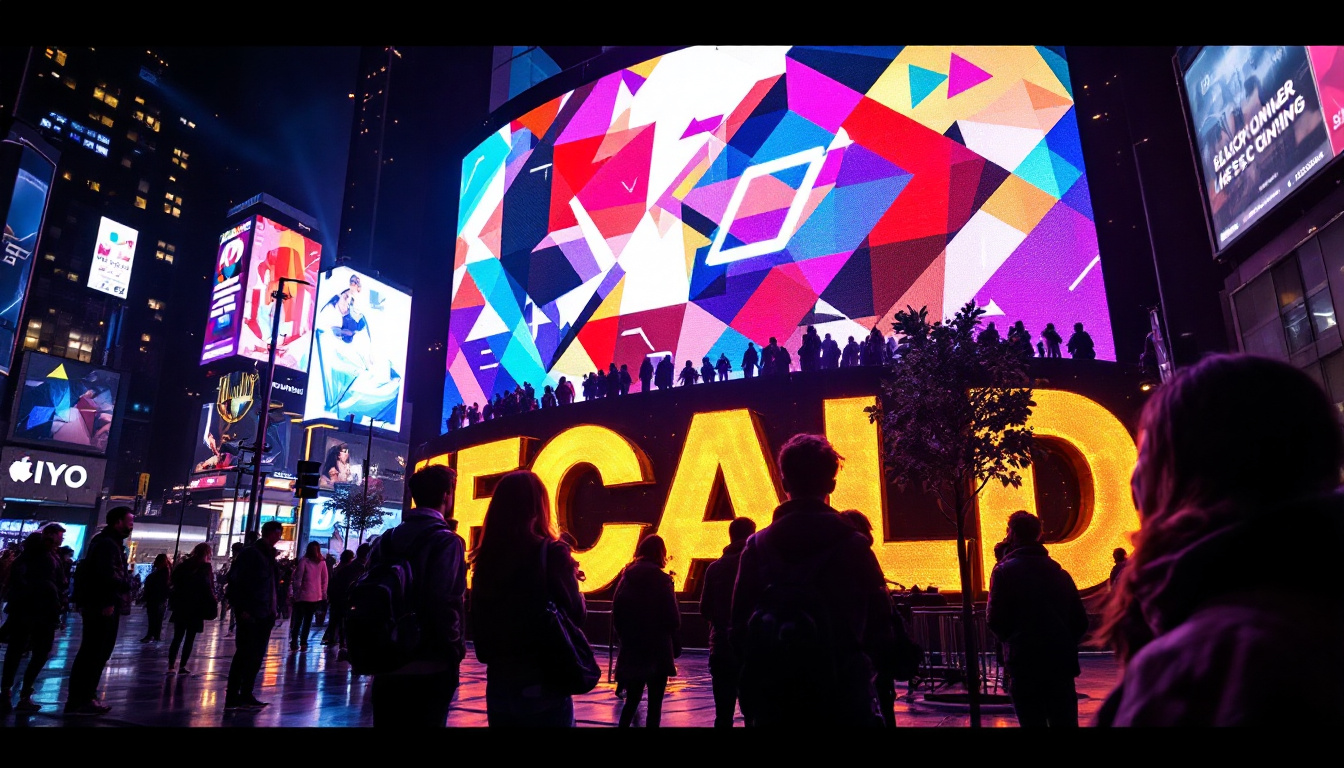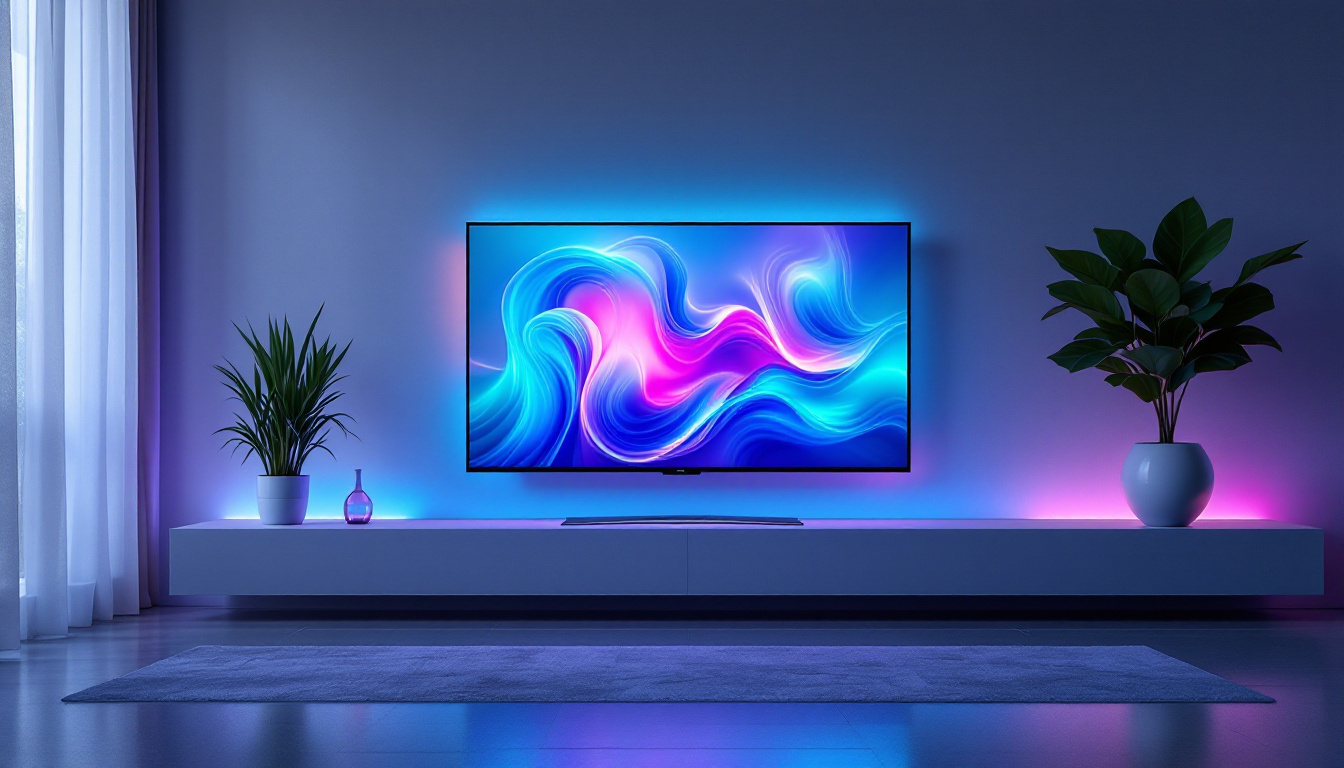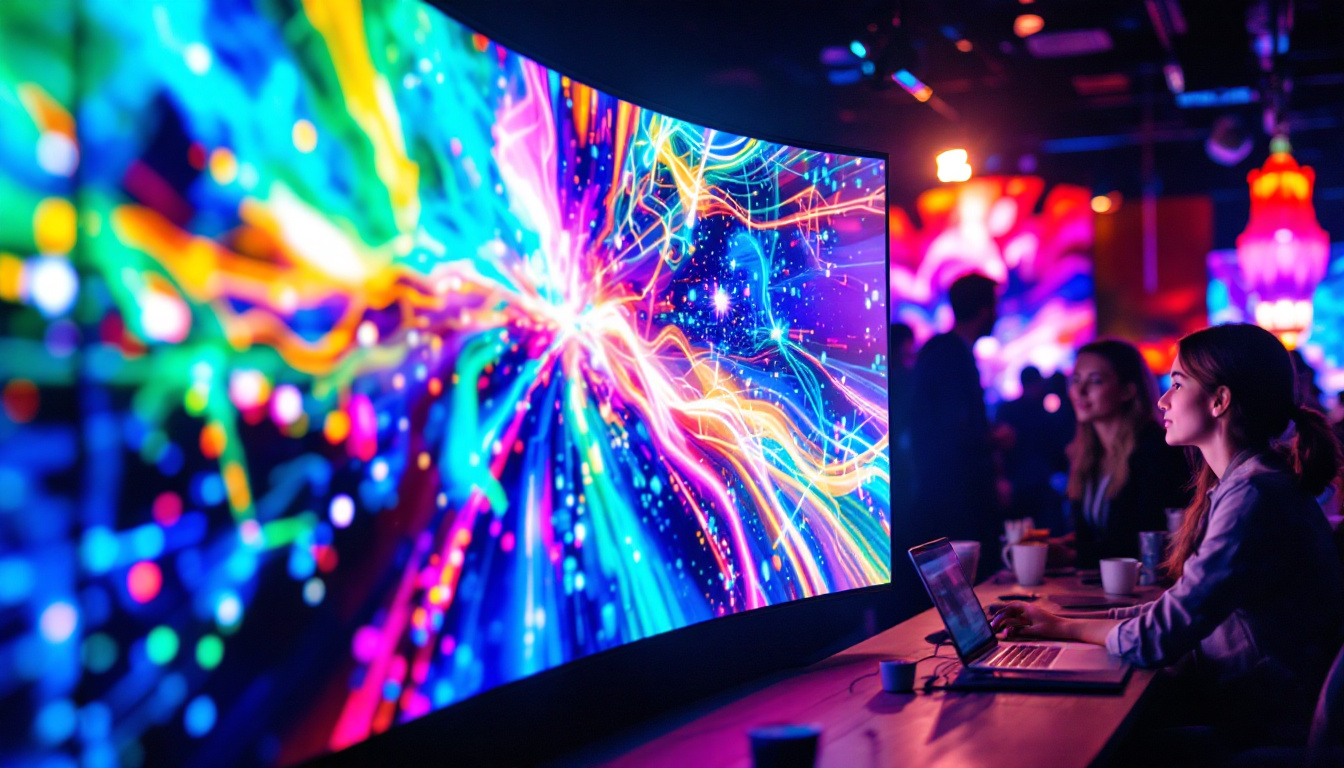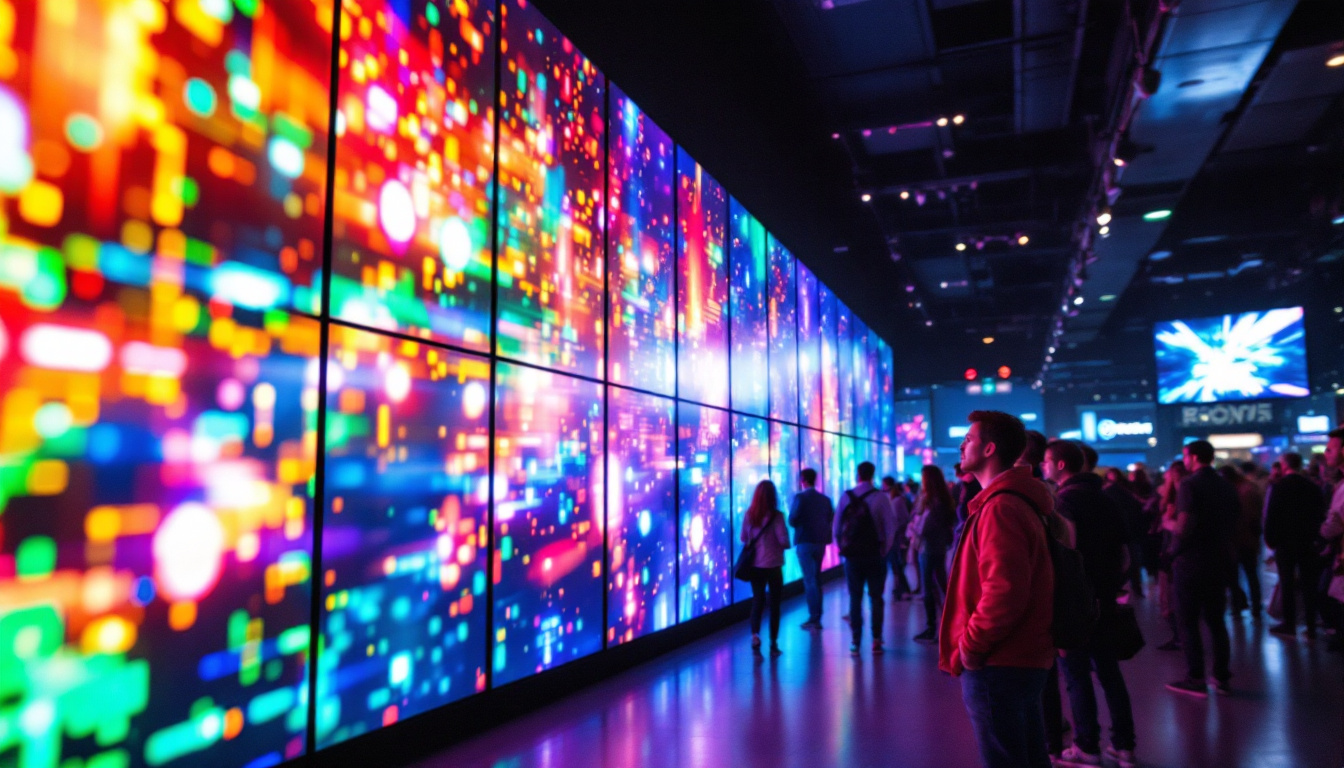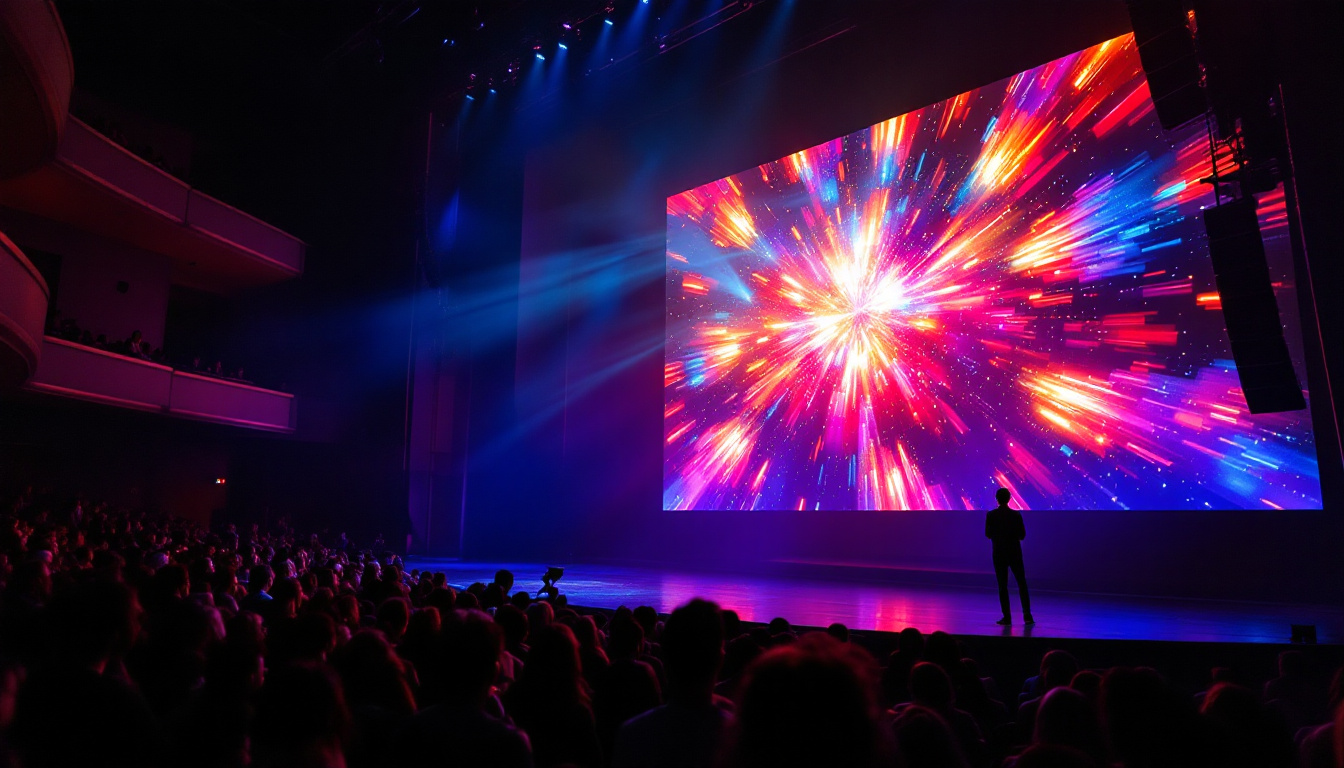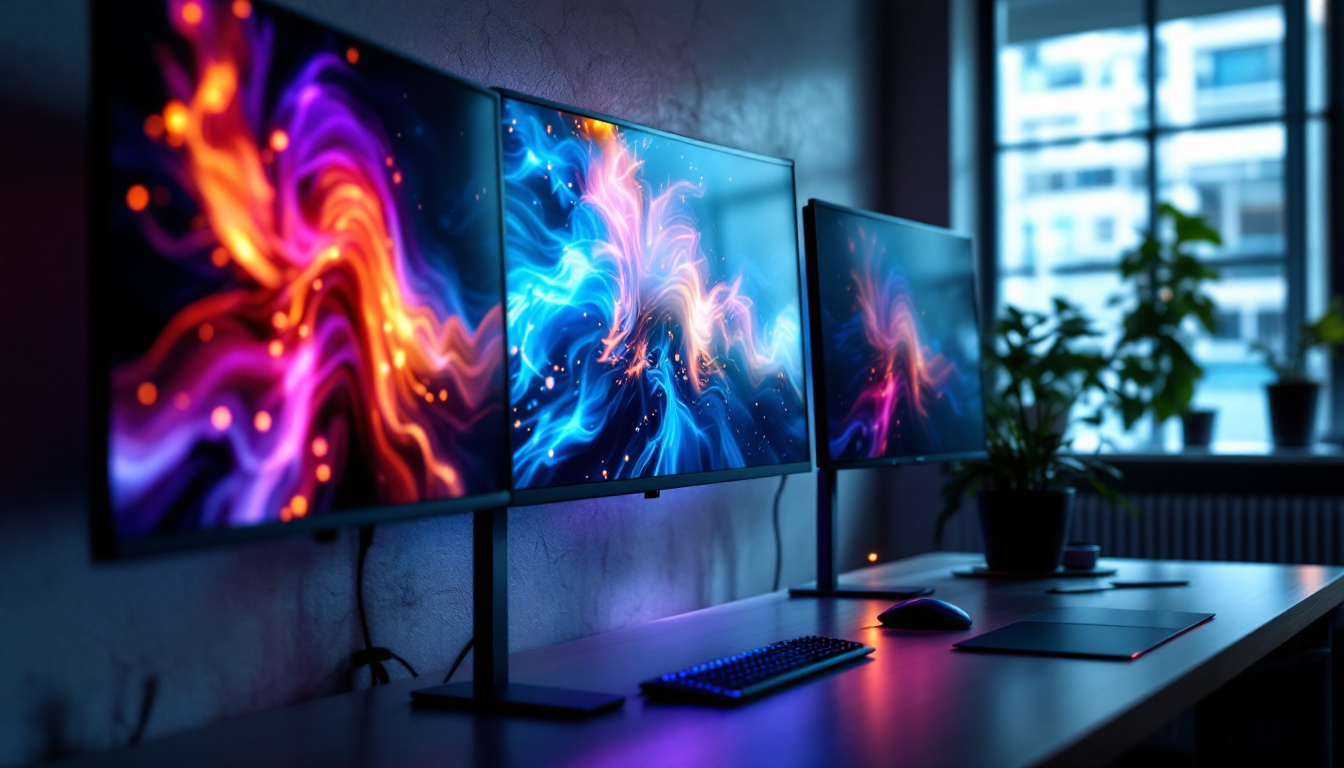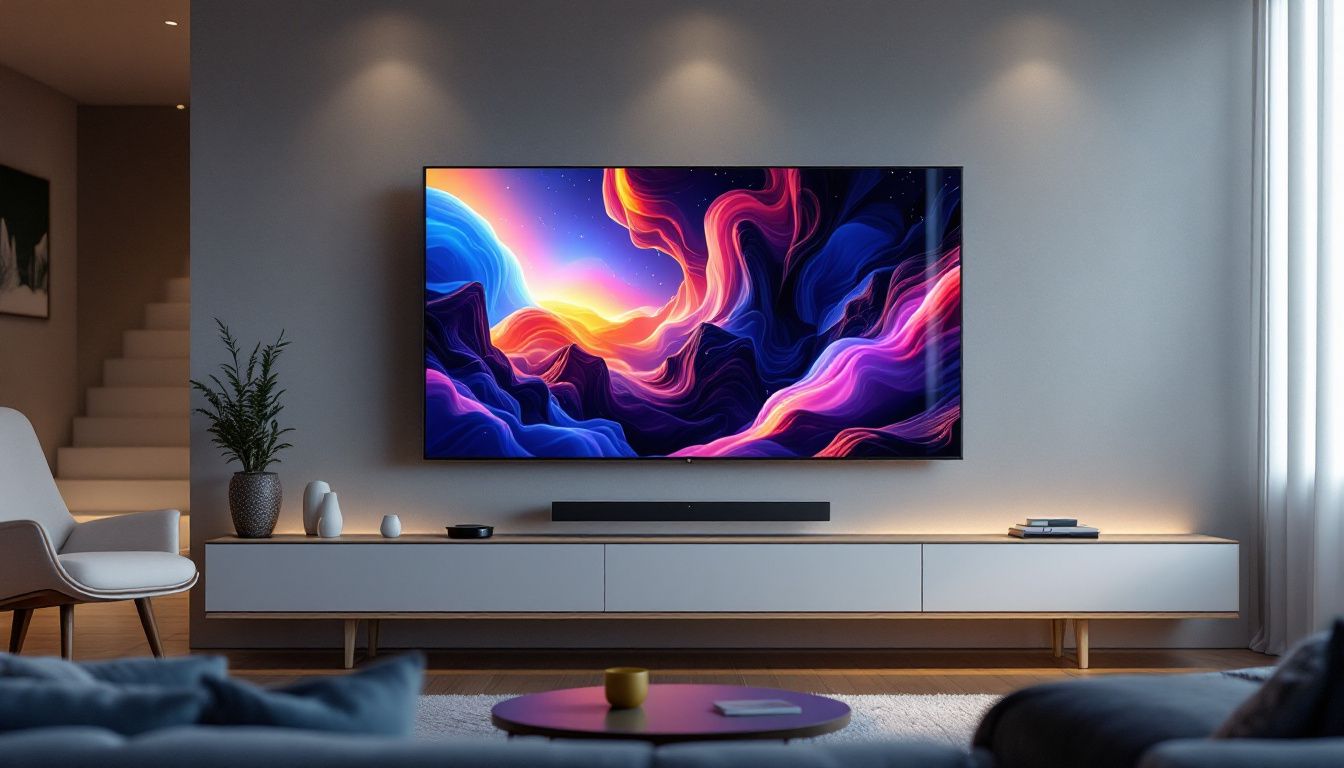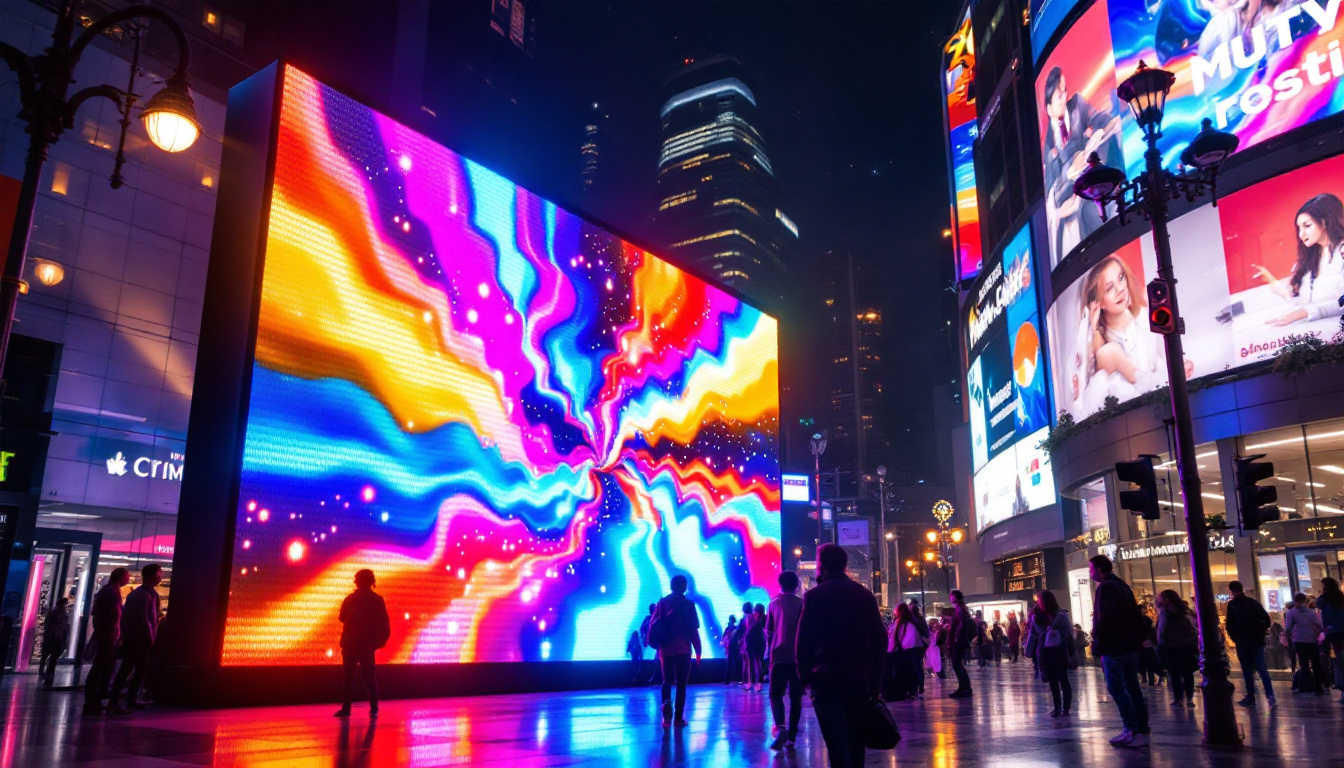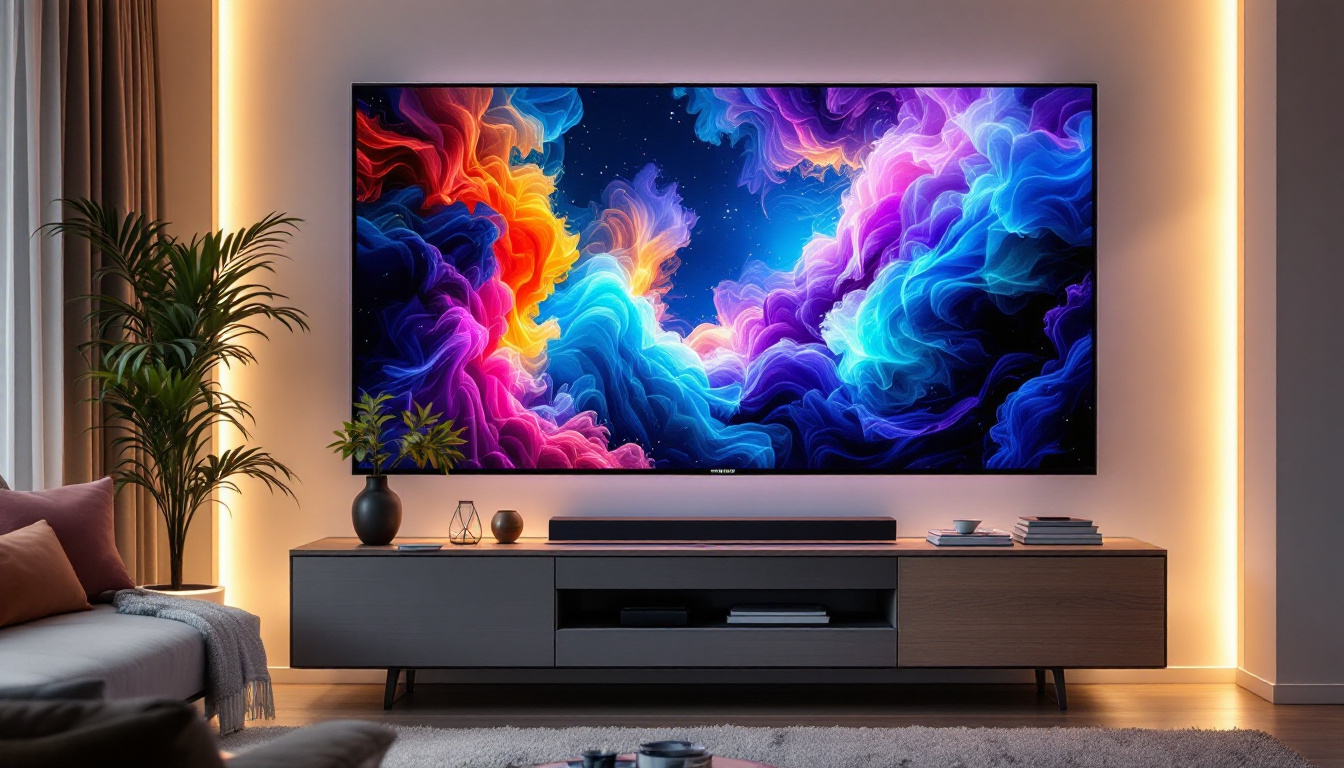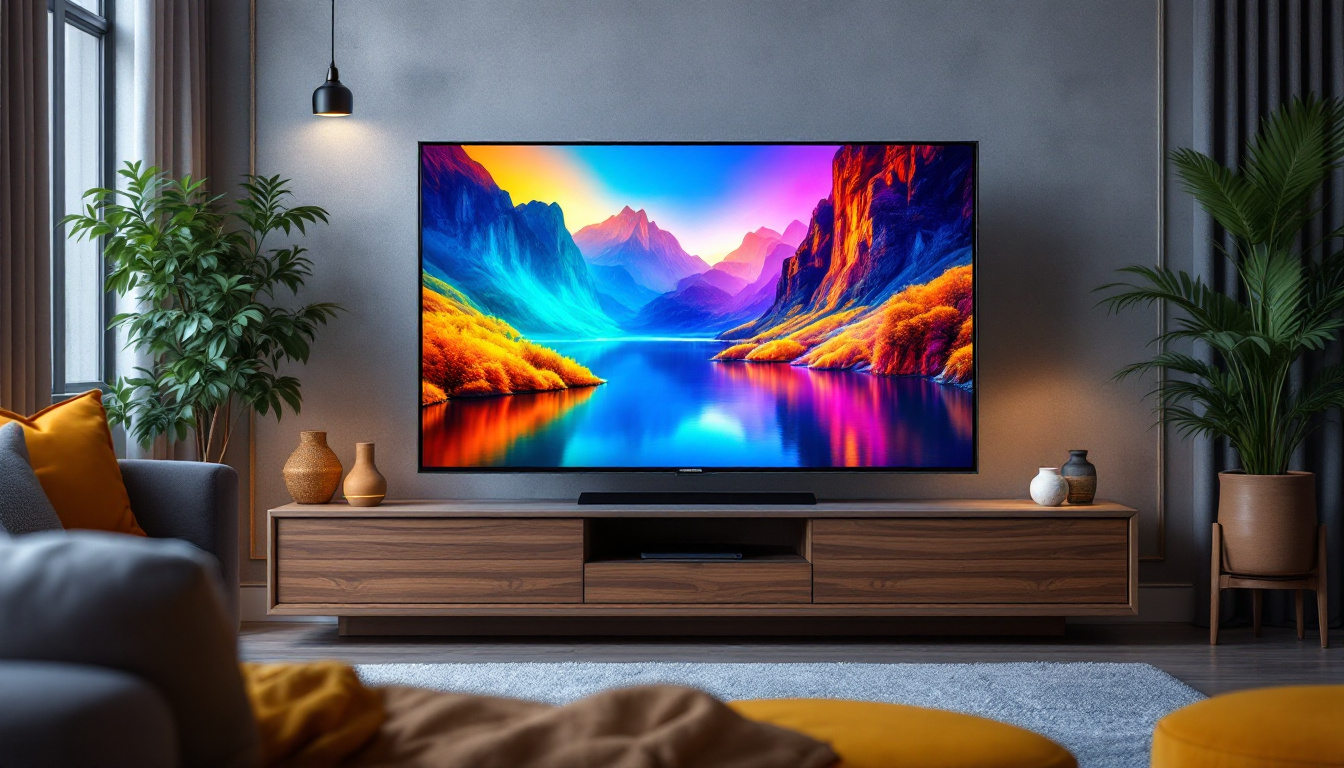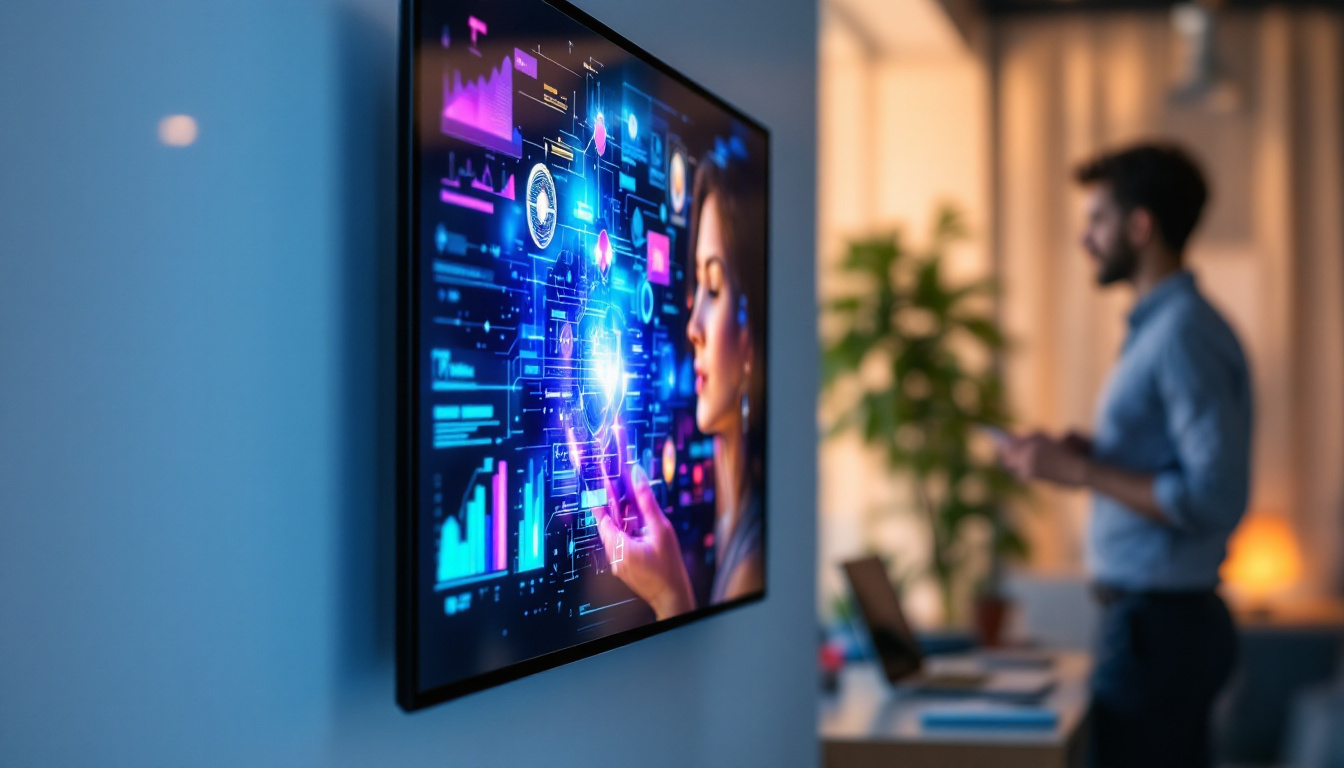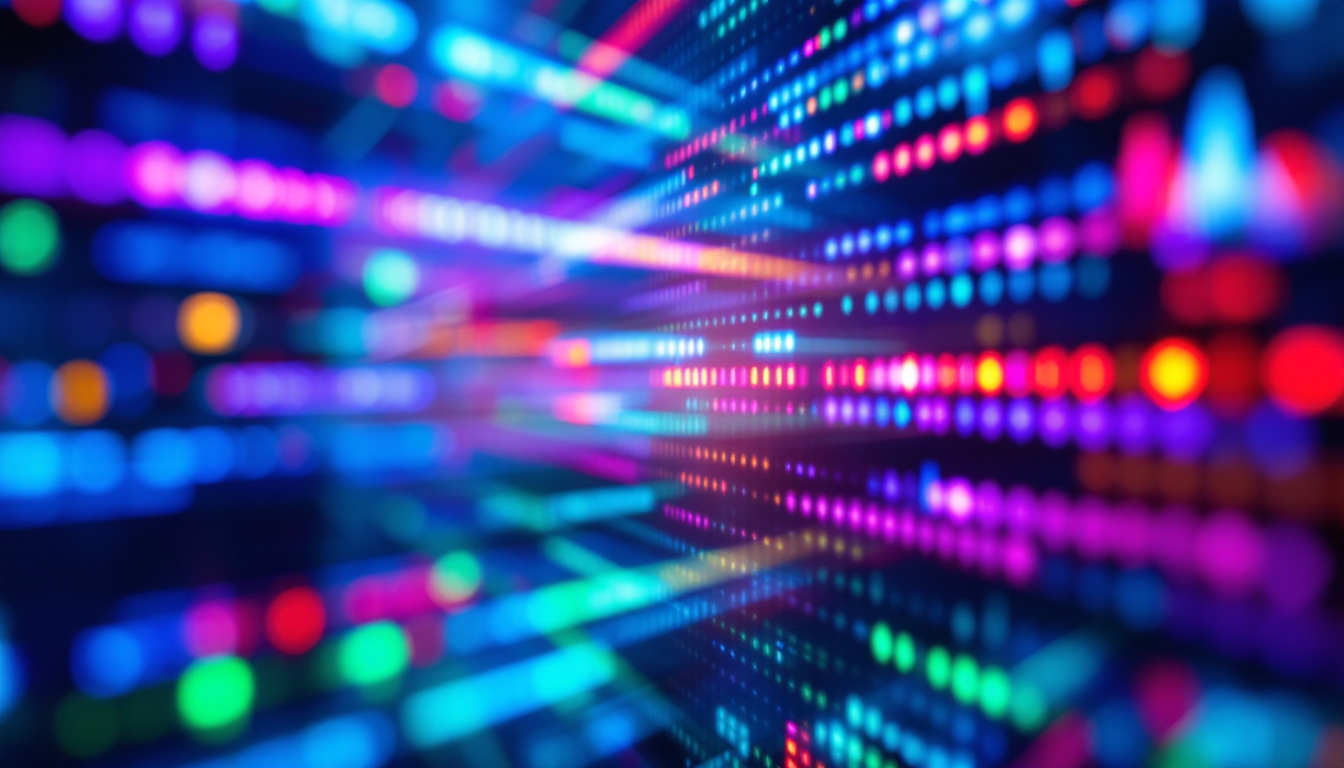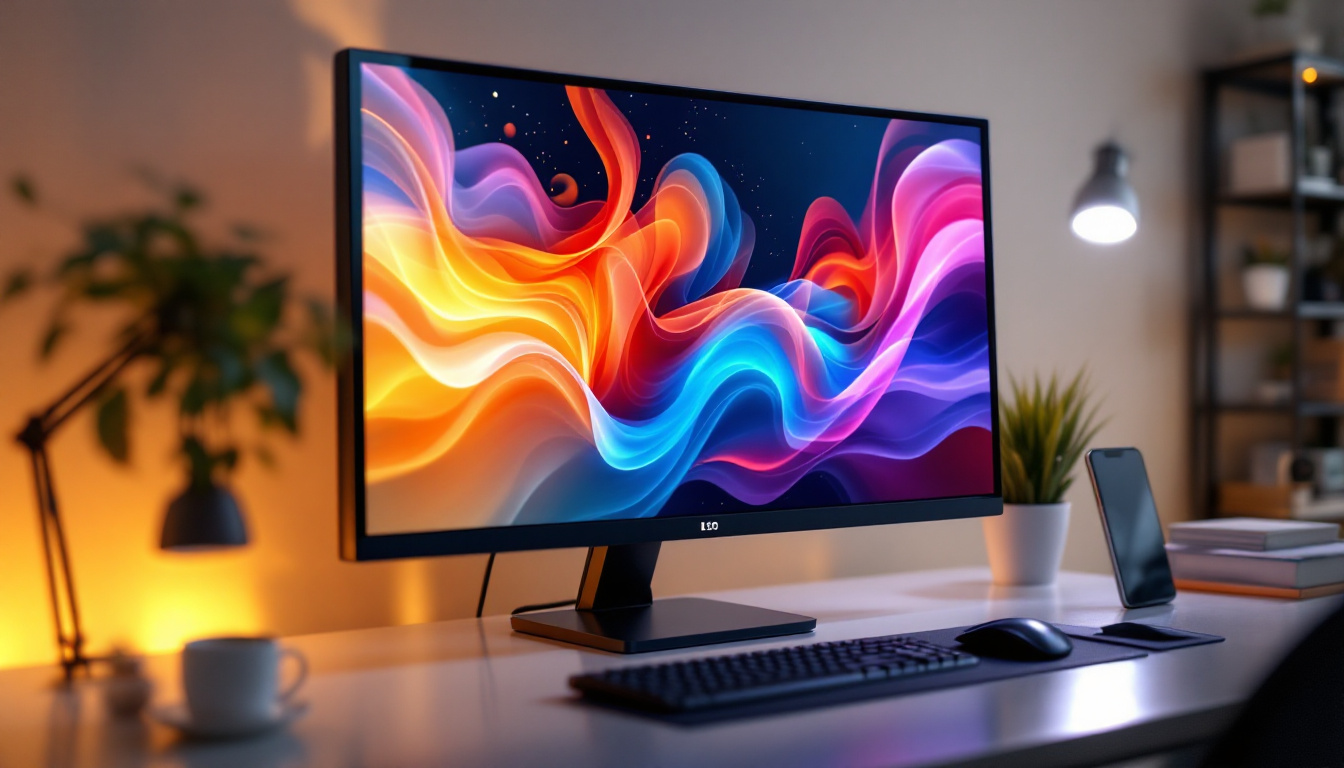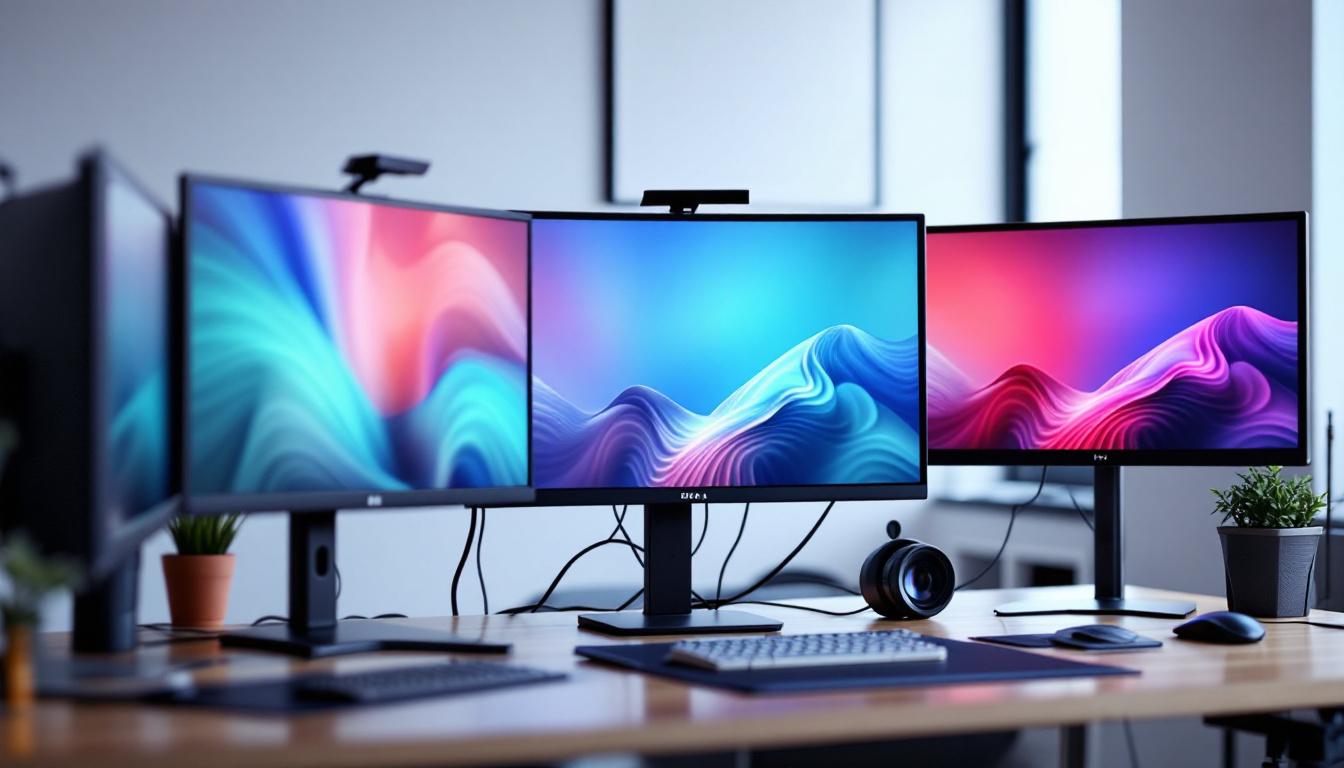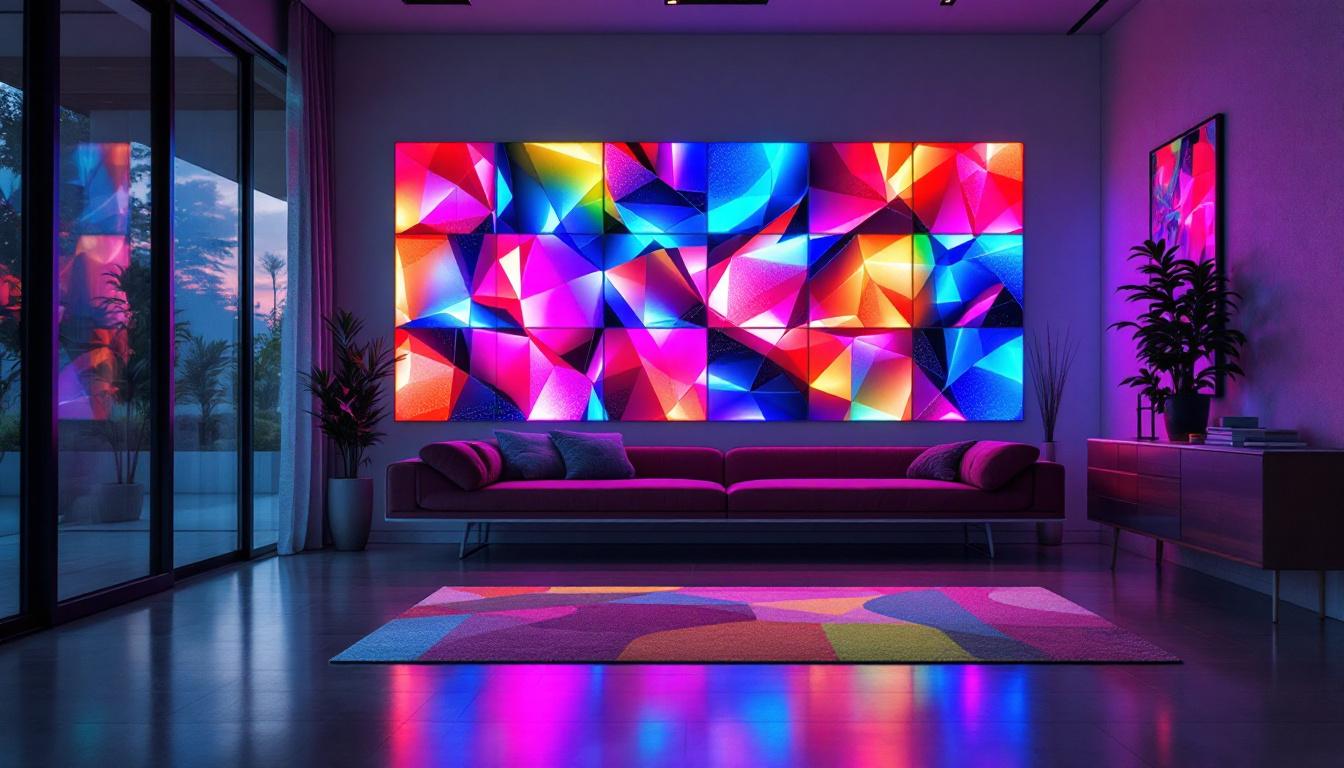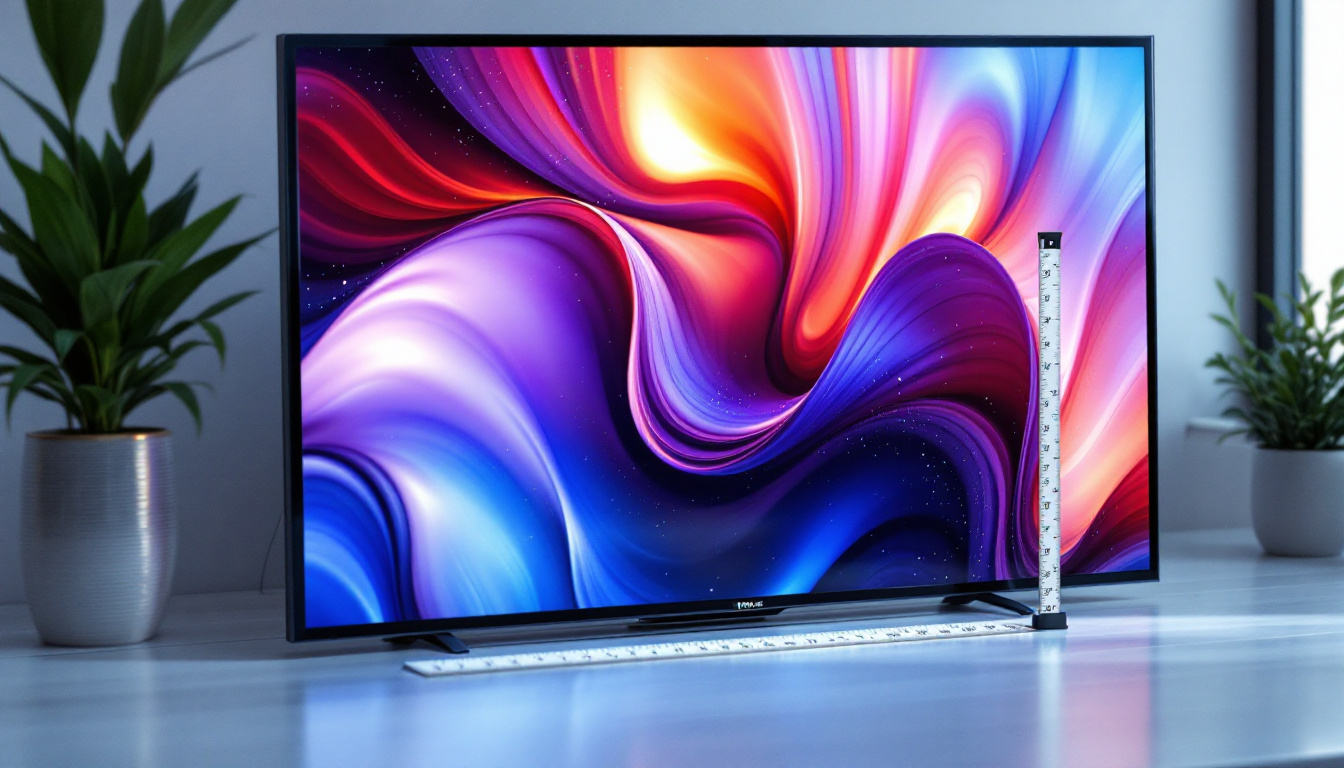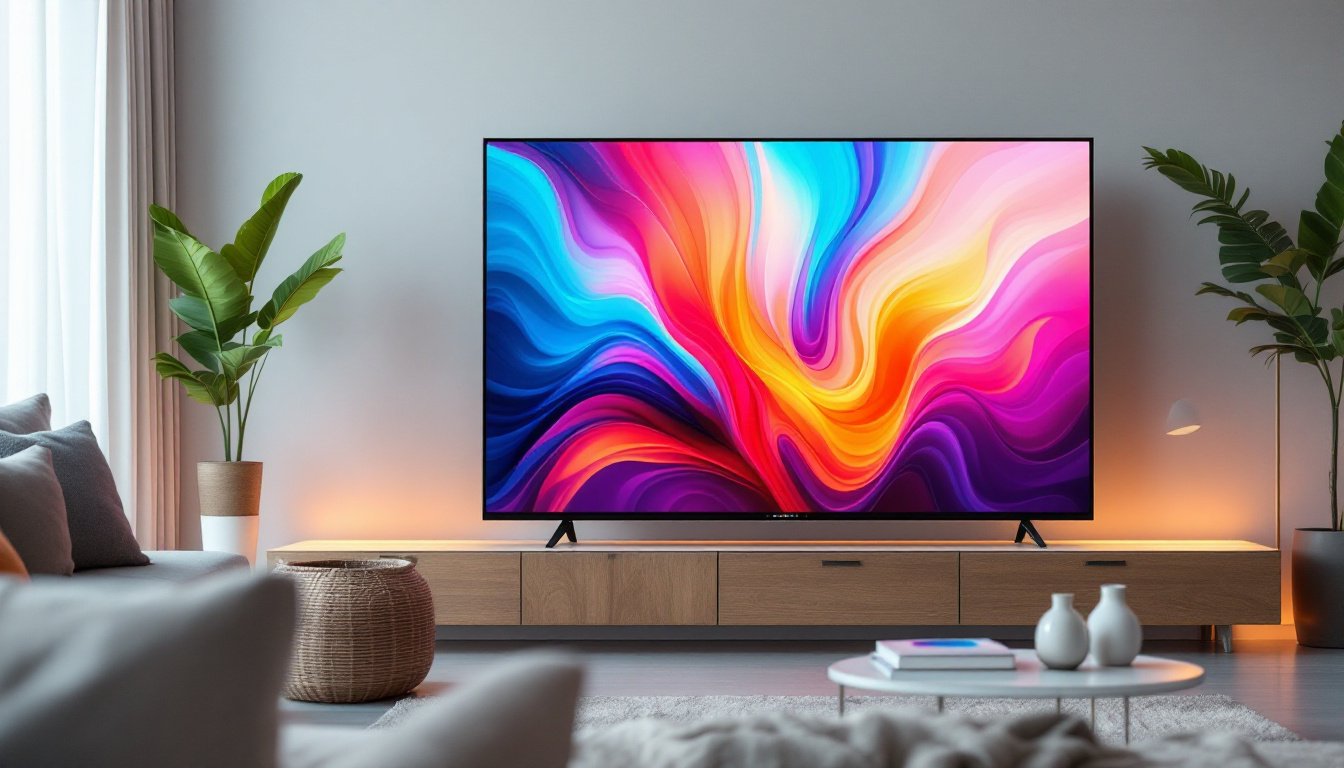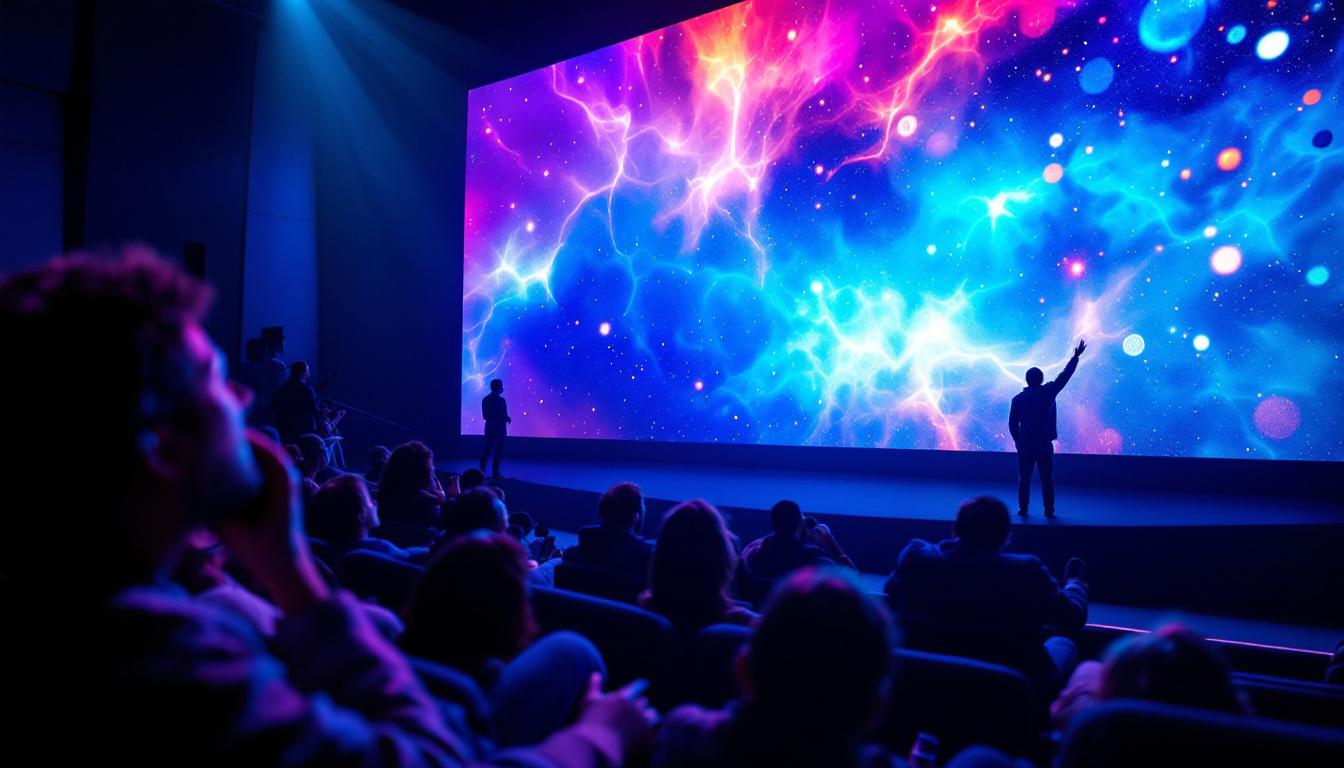The evolution of computer screens has significantly impacted how users interact with technology. Among the various display technologies available today, LED (Light Emitting Diode) displays have gained immense popularity due to their superior performance and energy efficiency. This article delves into the intricacies of LED displays, exploring their functionality, advantages, and the various types available in the market.
Understanding LED Technology
LED technology has revolutionized the way images are displayed on screens. At its core, an LED display utilizes semiconductor materials that emit light when an electric current passes through them. This simple yet effective principle underpins the vibrant visuals that LED displays are known for. The efficiency of LED technology not only enhances image quality but also contributes to energy savings, making it a popular choice for both consumers and businesses alike.
How LED Displays Work
LED displays function by using a grid of tiny light-emitting diodes to create images. Each diode corresponds to a pixel on the screen, and by varying the intensity of light emitted from each diode, a wide range of colors can be produced. This capability allows for high-definition visuals, making LED displays ideal for everything from gaming to professional graphic design. Furthermore, the rapid response time of LEDs ensures that motion graphics appear smooth and fluid, which is particularly advantageous in fast-paced environments like sports broadcasting or gaming competitions.
In contrast to traditional LCD (Liquid Crystal Display) screens, which rely on a backlight to illuminate the display, LED screens can be categorized into two types: Direct LED and Edge-Lit LED. Direct LED displays have LEDs placed directly behind the screen, providing uniform brightness and better contrast. Edge-Lit LED displays, on the other hand, have LEDs positioned along the edges of the screen, which can lead to thinner designs but may sacrifice some brightness uniformity. Additionally, advancements in LED technology have led to the emergence of Mini-LED and Micro-LED displays, which utilize smaller diodes for even greater control over lighting and contrast, pushing the boundaries of display technology further.
The Role of Color Depth
Color depth is a crucial factor in the performance of LED displays. It refers to the number of bits used to represent the color of a single pixel. A higher color depth allows for more colors to be displayed, resulting in richer and more vibrant images. Most modern LED displays offer at least 8 bits per channel, allowing for over 16 million colors. Some high-end displays even support 10-bit color depth, which can produce over a billion colors, enhancing the viewing experience significantly. This capability is particularly important in applications such as digital art and film production, where precise color representation is essential for achieving the desired artistic effect.
Moreover, the advancements in color management technologies have further enhanced the capabilities of LED displays. Features like HDR (High Dynamic Range) allow for a greater range of brightness and contrast, making dark scenes more detailed and bright scenes more vivid. This technology works in conjunction with color depth to create an immersive viewing experience that closely resembles what the human eye perceives in real life. As a result, LED displays are not only becoming the standard for televisions and computer monitors but are also increasingly used in professional settings such as photography studios and design agencies, where color accuracy is paramount.
Advantages of LED Displays
There are numerous advantages to using LED displays, making them a popular choice among consumers and professionals alike. From energy efficiency to superior image quality, LED technology offers many benefits that enhance user experience.
Energy Efficiency
One of the most significant advantages of LED displays is their energy efficiency. Compared to traditional LCDs and CRTs (Cathode Ray Tubes), LED displays consume considerably less power. This efficiency not only leads to lower electricity bills but also contributes to a reduced environmental impact. As sustainability becomes an increasingly important consideration for consumers, the energy-efficient nature of LED technology is a compelling selling point.
Brightness and Contrast
LED displays are known for their exceptional brightness levels, making them suitable for various lighting conditions. Whether in a dimly lit room or a brightly lit office, LED screens maintain clarity and visibility. Additionally, the contrast ratios of LED displays are typically superior to those of other display technologies, allowing for deeper blacks and more vibrant colors. This enhanced contrast contributes to a more immersive viewing experience, especially when watching movies or playing video games.
Longevity and Durability
Another advantage of LED displays is their longevity. LEDs have a longer lifespan compared to traditional display technologies, often lasting tens of thousands of hours before their brightness diminishes significantly. This durability makes LED displays a cost-effective investment in the long run, as they require less frequent replacement. Furthermore, LED screens are generally more resistant to physical damage, making them suitable for various environments, including commercial and industrial settings.
Types of LED Displays
LED displays come in various types, each designed to cater to specific needs and applications. Understanding these types can help consumers make informed decisions when selecting a display that meets their requirements.
Standard LED Displays
Standard LED displays are the most commonly used type in consumer electronics. They are widely available in various sizes and resolutions, making them suitable for everything from home entertainment systems to office monitors. These displays are known for their vibrant colors and sharp images, making them ideal for general use.
OLED Displays
Organic Light Emitting Diode (OLED) displays represent a more advanced form of LED technology. Unlike standard LED displays, which use inorganic materials, OLEDs utilize organic compounds that emit light when an electric current is applied. This technology allows for even greater color accuracy and contrast, as each pixel can be turned on or off independently. As a result, OLED displays can achieve true blacks and an expanded color gamut, making them a preferred choice for high-end televisions and monitors.
QLED Displays
Quantum Dot LED (QLED) displays are another innovative advancement in LED technology. QLEDs use quantum dots—tiny semiconductor particles that emit specific colors when exposed to light—to enhance color accuracy and brightness. This technology provides a broader color spectrum and improved brightness levels compared to standard LED displays. QLEDs are particularly popular among gamers and media enthusiasts who seek the best possible visual experience.
Choosing the Right LED Display
When selecting an LED display, several factors should be considered to ensure it meets the user’s specific needs. From size and resolution to refresh rate and connectivity options, each aspect plays a crucial role in the overall performance of the display.
Screen Size and Resolution
The size of the screen and its resolution are two of the most critical factors to consider. Larger screens provide a more immersive experience, particularly for gaming and movie-watching. However, the resolution is equally important, as it determines the clarity of the images displayed. Common resolutions include Full HD (1920×1080), 4K (3840×2160), and even 8K (7680×4320) for ultra-high-definition displays. Choosing the right combination of size and resolution is essential for achieving the desired viewing experience.
Refresh Rate and Response Time
The refresh rate, measured in hertz (Hz), indicates how many times per second the display refreshes the image. A higher refresh rate results in smoother motion, which is particularly beneficial for gaming and fast-paced video content. A refresh rate of 60Hz is standard, but many gaming monitors offer rates of 120Hz, 144Hz, or even higher. Additionally, response time, which measures how quickly a pixel can change from one color to another, is crucial for reducing motion blur and ghosting effects.
Connectivity Options
Modern LED displays come equipped with various connectivity options, including HDMI, DisplayPort, USB-C, and more. Ensuring that the display has compatible ports for the devices it will be connected to is essential. Additionally, some displays offer features such as built-in speakers, USB hubs, and even wireless connectivity, which can enhance usability and convenience.
Maintaining Your LED Display
To ensure the longevity and optimal performance of an LED display, proper maintenance is essential. Regular cleaning and careful usage can significantly extend the life of the screen and maintain its visual quality.
Cleaning Tips
Cleaning an LED display requires a gentle touch to avoid damaging the screen. It is advisable to use a microfiber cloth slightly dampened with water or a specialized screen cleaner. Avoid using harsh chemicals or abrasive materials, as these can scratch the surface or damage the display. Regularly dusting the screen and ensuring that it is free from smudges can help maintain clarity and brightness.
Optimal Usage Practices
To prolong the lifespan of an LED display, it is essential to adopt optimal usage practices. This includes avoiding prolonged exposure to static images, which can lead to image retention or burn-in. Additionally, adjusting the brightness settings to suit the ambient lighting conditions can help reduce strain on the display and conserve energy. Turning off the display when not in use is also a simple yet effective way to extend its lifespan.
The Future of LED Technology
As technology continues to advance, the future of LED displays looks promising. Innovations in materials, design, and functionality are paving the way for even more impressive displays that cater to a wide range of applications.
MicroLED Displays
MicroLED technology is one of the most exciting developments in the world of displays. This technology utilizes microscopic LEDs to create images, offering the potential for even greater brightness, contrast, and color accuracy than traditional LED and OLED displays. MicroLED displays are also modular, allowing for customizable screen sizes and shapes, making them ideal for various applications, from home theaters to large-scale advertising displays.
Advancements in Smart Technology
The integration of smart technology into LED displays is another trend that is shaping the future. Many modern displays now come equipped with smart features, such as built-in streaming services, voice control, and compatibility with smart home devices. These advancements enhance user convenience and create a more interactive viewing experience.
Conclusion
LED displays have transformed the way users engage with technology, offering vibrant visuals, energy efficiency, and durability. With various types available, including standard LED, OLED, and QLED, there is an option to suit every need. By understanding the intricacies of LED technology and considering factors such as size, resolution, and connectivity, consumers can make informed decisions when selecting a display. As innovations continue to emerge, the future of LED technology promises even more exciting developments, ensuring that users can enjoy stunning visuals for years to come.
Discover LumenMatrix’s Innovative LED Solutions
Ready to elevate your visual experience with the latest in LED technology? Look no further than LumenMatrix, a pioneer in crafting exceptional LED display modules tailored to a myriad of applications. Whether you’re seeking to boost your brand’s presence with an Indoor LED Wall Display, captivate passersby with an Outdoor LED Wall Display, or create dynamic visuals with a Custom LED Display, LumenMatrix has the solution to meet your needs. Immerse yourself in the world of vibrant colors, unparalleled brightness, and crystal-clear imagery. Check out LumenMatrix LED Display Solutions today and transform the way you communicate visually.

